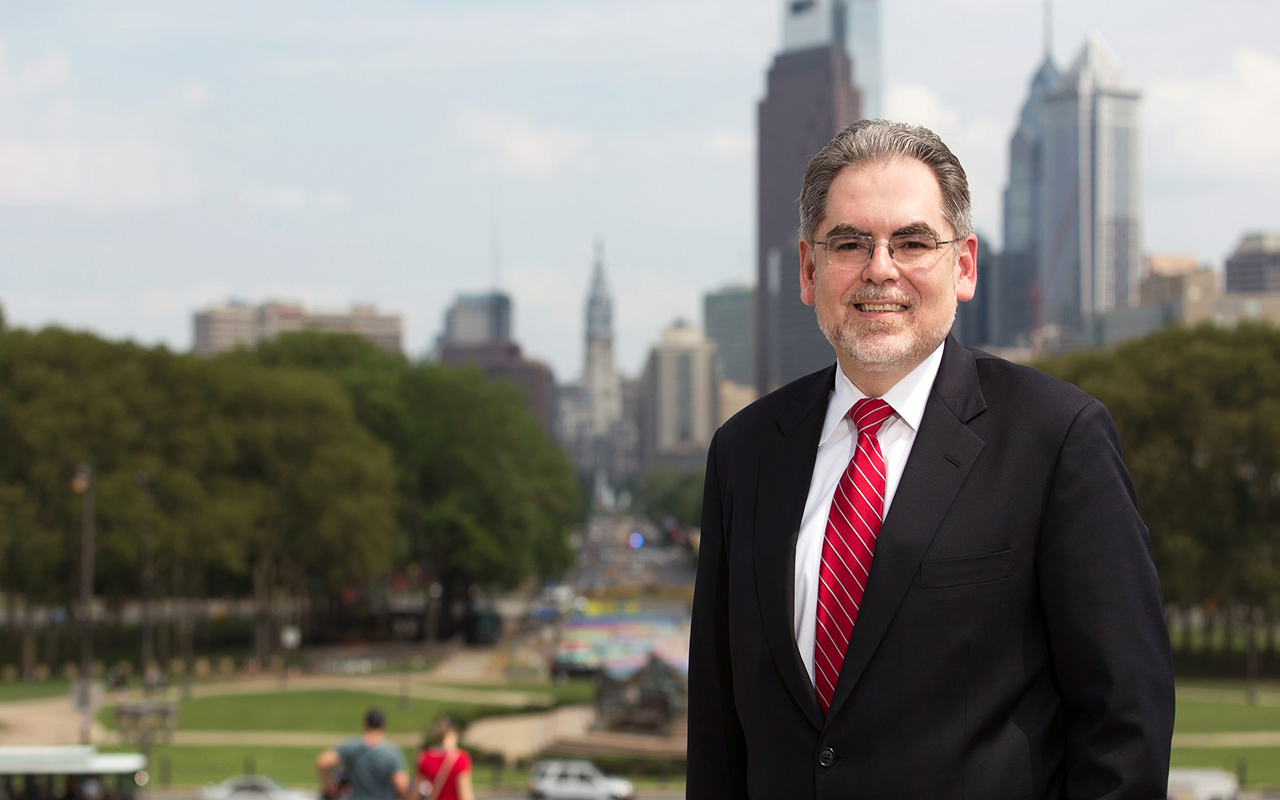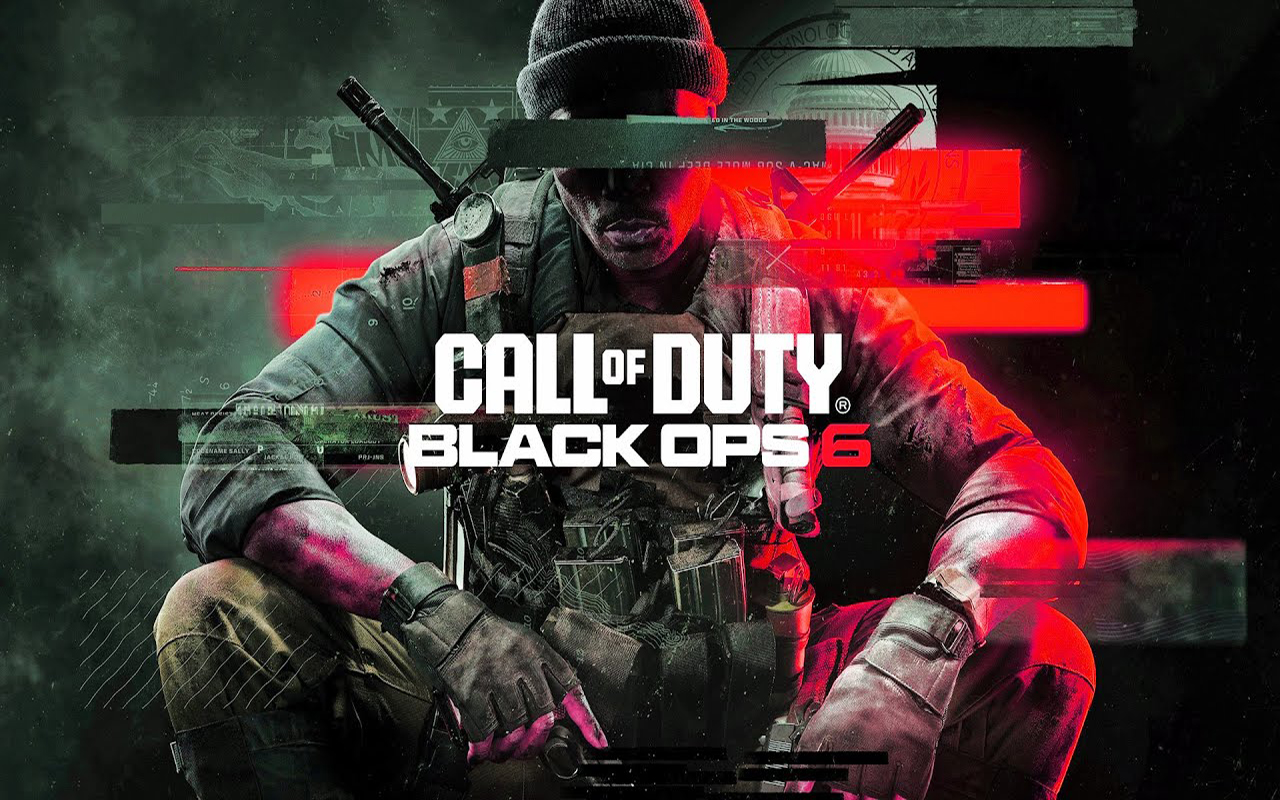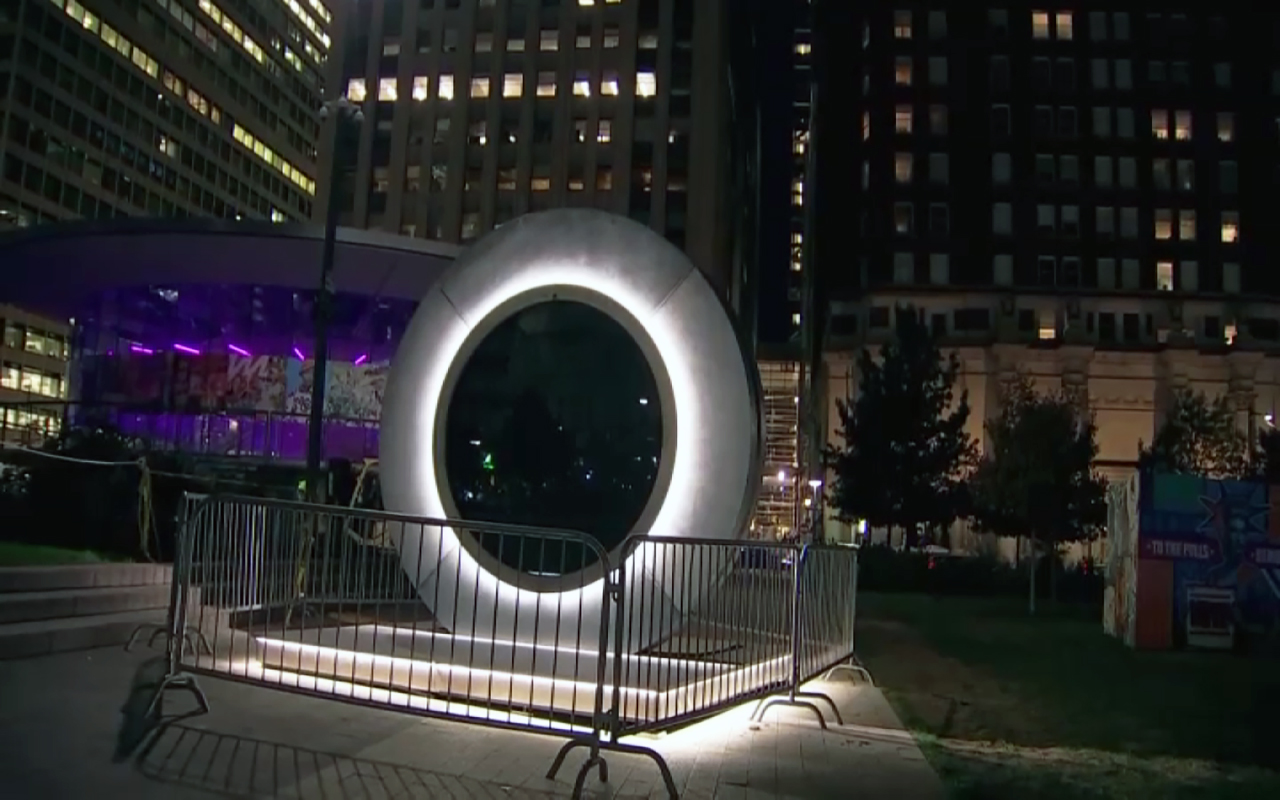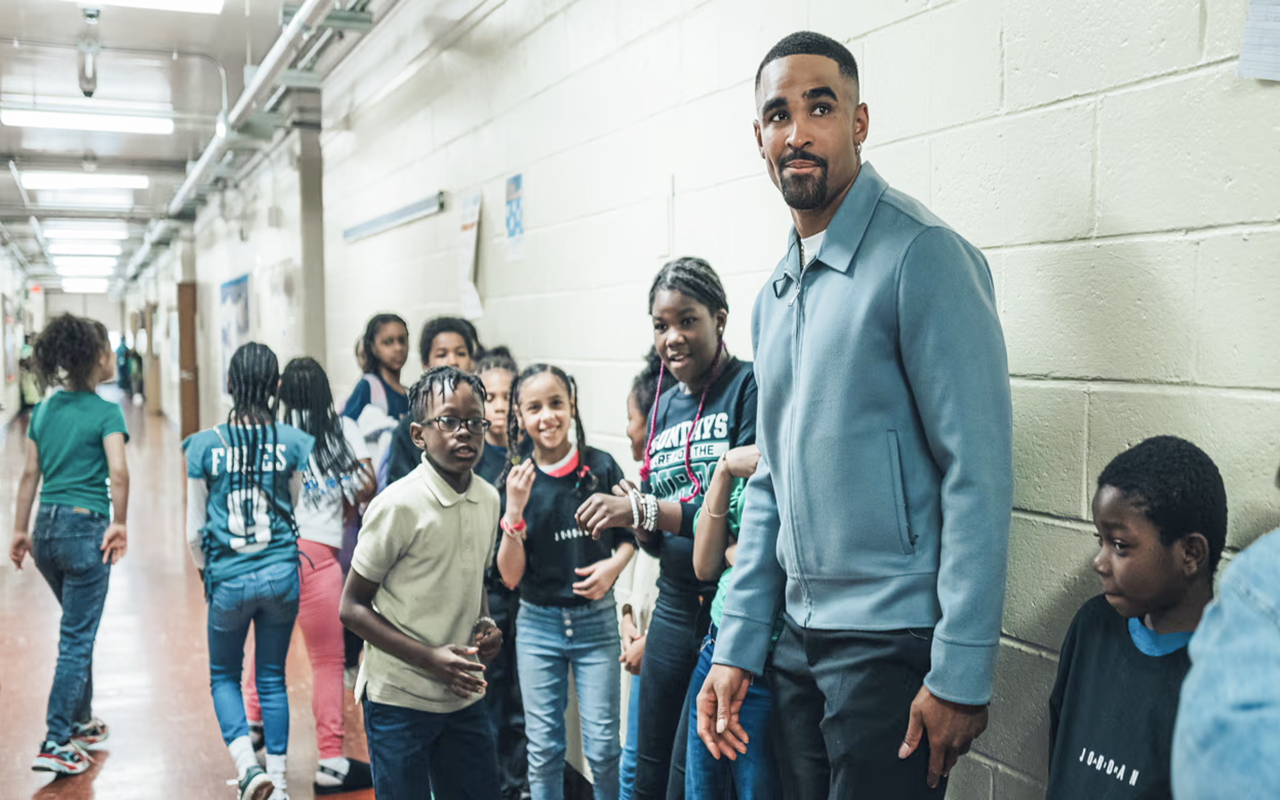
On the lookout for Latino...officers
For Officer Eddie Lopez, president of the Spanish American Law Enforcement Association, efforts to increase Latino representation at PPD should start at the…
Next time you see Mayor Jim Kenney it is very likely you will run into Officer Sammy Sanchez, who last January joined the administration’s security team.
As Kenney’s bodyguard, Sanchez goes wherever the mayor goes and never loses sight of him. “I am watching everybody. Who looks out of place, who is not part of the group (...) where is the nearest exit in case of an emergency,” he said. “It is a different type of high, whereas in the districts, when the lights and the sirens go on you are running and chasing.”
Sanchez has been part of the Philadelphia Police Department for almost a decade. At some point he was part of the Northwest Gun Task Force and the Police School Diversion Program, created to reduce juvenile arrest rates and improve school retention.
He’s made a name for himself but it has not been walk in the park. Growing up in North New Jersey, he always had the aspiration of becoming a police officer but nothing on his path suggested he would do so.

Describing his life experience as “always on the bottom fighting to get up,” Sanchez grew up without a father. His mother was in jail by the time he was in his early teens.
“My father was murdered during a home invasion when I was 2 years old. I raised my younger brother and sister, and I was living on the streets by the time I was 15,” Sanchez said. “I didn’t think I would be here. I just thought I would be lost somewhere. And I lived day by day, not thinking about tomorrow.”
When he was 18 years old he had nothing to lose and took a chance on Philly — attracted by the affordable cost of living and the diversity on the streets.
“Where I came from in North New Jersey was very segregated. The first thing I noticed [in Philly] was the diversity. Coming here and seeing Hispanic and Black and Chinese on the same block was unusual,” Sanchez said.
It would be some time before he could applied to the PPD, in 2002. This was 10 years before the city and the Commonwealth of Pennsylvania established new requirements for prospective police officers.
Among the requirements today are 60 college credits, or the educational equivalent to completion of standard high school and six months of full-time, active military service with an honorable discharge.
Sanchez had only gotten to the 10th grade and had other priorities before starting night school.
“I went through the hardship, worked three, four jobs at a time, seven days a week. I did everything, you name 10 jobs I probably did nine of them. I would do whatever to survive,” he said. “I had my kids and now and I was fighting for them. They were the driving force."
Still working on his GED and after a few years into the process, Sanchez entered the Philadelphia Police Academy in November of 2006. “It wasn’t like now that you have to have the credits before you apply, then I just had to have it by the time I was ready to go in. I literally got mine a few weeks before I was call to the academy. I got real lucky,” Sanchez said.
“Latinos… we have grown but we are still way behind”
In 2015 Latinos at the PPD represented 9.7 percent of the total number of police officers, 8.3 percent of the department’s inspectors, 5.9 percent of the sworn detectives and 3.6 percent of the sergeants.
The ranks of captain, chief inspector and deputy commissioner have no Latinos among their members.
“We need more Latinos as police officers, but we also need more Latino supervisors. We just lost our highest Latina supervisor, Inspector Sonia Velazquez, who retired in December. Before her was José Melendez, a chief inspector, they were the Latinos with the highest ranks,” said Officer Eddie Lopez, current president of the “Spanish American Law Enforcement Association” (SALEA).
There has never been a Latino deputy commissioner. “I think the community has been crying for it for years and we deserve it,” Lopez said.
But higher ranks are on the horizon. According to Lopez there are four lieutenants, three Latinos and one Latina, who are currently going to take the captain’s test. They are Juan A. Perez (K-9); Javier Rodriguez (District 18), Evelyn E. Cintron and Pedro Rosario both from District 25.
“If they do well they will be our future. They are all very well qualified, if they make captain that opens the door for a deputy commissioner, who would be the first ever in the history of Philadelphia,” Lopez said.
He said a big part of SALEA’s mission is to help its members through classes, so they can take the tests for detective, sergeant, lieutenant to help them move up in the ranks, “and we support them because they are our future Latinos… we have grown, but we are still way behind,” he added.
SALEA was founded in 1969 to unite Latino officers and to assist them in progressing in their law enforcement careers. Lopez said another positive factor about the organization is that it functions as a mediator for its members between the Fraternal Order of Police (FOP) and the city.
According to the organization, the PPD hired its first Latino officers in 1966. They included Joe Martinez, Ramon “Speedy” Vargas (Class #180) and Nelson Rodriguez (Class #181). By the time SALEA was launched, the department had approximately 25 Latino officers.
In a 2012 interview, former Police Inspector Sonia Velazquez said that in the early 1980s there was a court order consent decree demanding that the PPD hire more Latino officers, because at the time there were only 35 Latino policemen among a department of 7,000 members.
“I was one of 107 police officers recruited in 1984 when a court demanded the hiring of more Latinos. With very little if no representation, in the late ‘80s we succeeded in increasing the number of Latino officers to 140 officers in the force,” Velazquez said.
For Lopez, a strategy to raise the numbers in the department is to start at the bottom, hiring more Latino officers. It is something, however, that requires commitment on both parts.
“It is not on the city — it is that our Latino community doesn’t take the test. So you can’t blame the city for everything. If Latinos start taking the test, we can get them in, but the [requirements] have to be accessible too,” Lopez said.
This is a sample of the new requirements established by the Commonwealth of Pennsylvania in 2012: Police officers are required to have a high school diploma or GED certificate, plus an associate’s degree or 60 semester credit hours from an accredited institution. However, this credit requirement may be waived (based on a case-by-case assessment) if the candidate has, for example, at least four years of active military duty and was honorably discharged, or four full years of law enforcement experience.
Lopez believes this is hurting the possibilities of young African American and Latino candidates who would otherwise apply for the job.

“The problem with young men in the Latino community now is that Latino kids coming out of high school, a lot of times they don’t have the money to go to college.”
Sanchez agrees with Lopez, and although he understands the reasoning behind the new set of requirements, he doesn’t believe they would necessarily attract the right candidates. Knowing that there is a large community of Latinos who can’t afford college, he added that it might keep guys like him off the job.
“There are different ways to look at it. Those same people who came out of college and couldn’t find a job might decide to do this because there’s nothing better available (...) you get hit with student loans and it might not be what you wanted but ... because it’s the better option at the time, you are getting cops who don’t really care about the community,” Sanchez said.
When Sanchez graduated from the academy he was assigned to District 25, covering the area within N. Broad Street, Roosevelt Blvd., G Street, E. Allegheny Ave. and W. Lehigh Ave. Also covering ‘El Barrio,’ known as the heart of the Latino community.
“This is one of the busiest and toughest districts in the city. I knew the area because it is where I lived when I moved to Philly and that’s where my friends and people that I knew where from,” Sanchez said.
Although when he first started as a cop he wasn’t sure what was he getting into, he felt comfortable because he knew the area and he was “ready to make a difference.”
“One day I ran into an officer who was having a rough day who said, ‘I can’t wait until my transfer comes in, so I can get away from these animals and go help people who pay taxes,’” Sanchez said. “So I heard him and responded ‘I guess I am an animal because I lived here.’ There are a lot of people who pay taxes and go to work. Unfortunately the things around them are out of their control and that’s why we are here, to try to make it easier for them.”
Today Latino demographics have spread beyond North Philly and the need for not only a bigger number but also a more diverse set of officers is growing by the year.
“At this point we need Latinos everywhere. You even have Dominicans growing big in West Philly, which before that was unheard of,” Lopez said. “You know we have a big population of Mexicans and Central Americans in South Philly.”
SALEA currently has 365 members including some police retirees. Although the vast majority are Latino, its membership also includes African American, White and Asian officers.
“I hosted a panel out in North Philly in District 24, where Captain Daniel O’Connor is at,” Lopez said. “We had an open floor for the community and the police officers. In my panel I had my members, and they were White and Hispanic and one Black officer. And it was great because you don’t want to go into the Latino community just putting Latino officers, you want to address everything.”

How to get more young men at the door of the PPD?
AL DÍA News hosted Philadelphia Commissioner Richard Ross at its first edition of ‘Dialogues,’ created as an open forum for discussion between public officials and community leaders.
The conversation included a discussion on police-community relations and diversity within the PPD.
“You should strive for a department that it is reflective of the demographic of the city,” the commissioner said. “We are struggling right now to do that. And I can’t tell you exactly what the reasons are. Some people believe it is the education requirements, some people believe it is the Ferguson effect.”
“We are struggling to get that African American male… even females. And now we’ve been struggling with white females,” Ross said. “So to be forthright with you, we don’t have at this point a white female above the rank of captain and we don’t have a Latino captain,” Ross said.
Caroline Cruz, assistant chief counsel at the Pennsylvania Human Relations Commission, brought up what she called possible “structural answers” to the issue of underrepresentation of Latinos and African Americans.
“It may have to do with the historic fact that the training used to be decentralized for incoming recruits, and right now, it is centralized in Northeast Philadelphia creating logistical problems for a young woman or man interested in joining the police force,” Cruz said. “That area is not accessible for public transportation.”
The commissioner responded that there is no question that the new police training center, located at 2838 Woodhaven Rd., is pretty far away for some candidates.
“For a guy who came from Fern Rock 27 years ago, even the old academy was away for me too. I didn’t even know what State Road was,” Ross said. “That location was still considered the upper Northeast, and even when we had the consent decree people of color were there...they managed to get there.”
He agreed that public transportation can affect accessibility. “But there are so many steps before that, that seem to be obstacles,” Ross said. “We are going to be open to even looking at the requirements and seeing whether or not it warrants some additional discussion. There are components in the process that warrant further scrutiny.”
The commissioner said the department also gets recommendations of people who qualify through central personnel, and those people get invited to an orientation. “Out of 600 people (we invited) 200 showed up. And these are the people who qualify seemingly. I can’t even begin to make a guess about the people who opt-out on the front end because they know they don’t have the requirements,” Ross said.
As Ross’ new leadership at the PPD starts, SALEA wants to focus on community collaborations and outreach to minority teens.
“We also have a good relationship with Mayor Jim Kenney, there has been conversation and he is willing to work with us in the community,” Lopez said. “I’ve been a SALEA member for 26 years and I don’t remember any other mayor having the door open for us.”
Among the community partners of SALEA is the initiative led by Disproportionate Minority Contact (DMC), which addresses the disproportionate representation of minority youth in the juvenile justice system.
“We are beyond grateful for the commitment and dedication that SALEA has displayed toward our mission by ensuring that Philadelphia officers regardless of race, creed, color, gender, religious affiliation, or sexual orientation are present at all of our trainings and community forums,” said Jose Loya, program coordinator at DMC.
During the year the Philadelphia working group hosts training sessions with students of the Philadelphia School District and police and volunteers. In addition to a panel discussion, police and youth break out into small work groups, ending the day with a role-playing exercise.
“Lopez and his organization ensures that these officers are individuals who care about their community, want safe interactions between officers and young people, and ensure that everyone is respected,” Loya said.
Lopez also works closely with community organizations like Congreso and Men In The Motion In The Community, led by activist Edwin Desamour, to offer youth workshops and information on PPD.
“Young men and women interested in the police department should definitely visit our website www.salea.org for information or they can reach me directly,” Lopez said.
SALEA is also active on social media. You can follow the organization on Twitter @SALEAPPD, Facebook or Instagram @SALEAPPD.










LEAVE A COMMENT:
Join the discussion! Leave a comment.